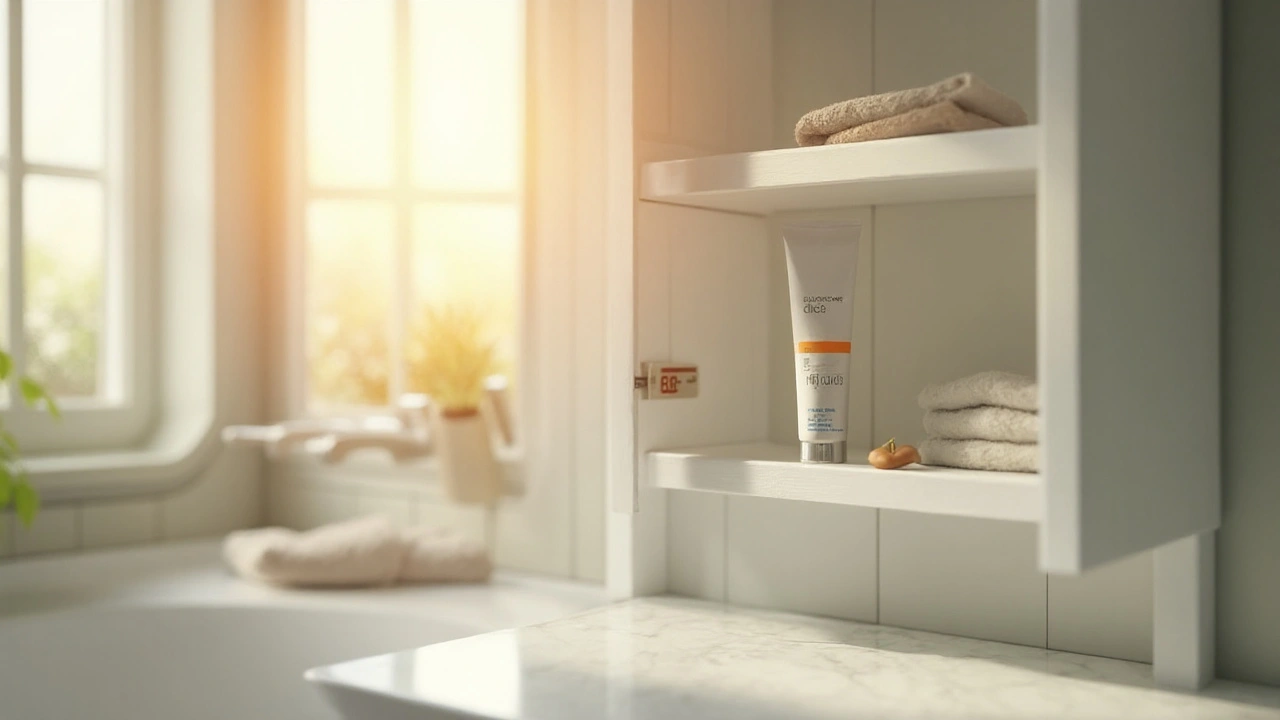Vitamin D Analog Stability: What Controls It and How to Keep It Safe
If you work with vitamin D analogs, you’ve probably wondered why some batches lose potency faster than others. The answer lies in a mix of temperature, light, humidity, and the chemical makeup of the analog itself. Understanding these factors helps you store, test, and ship products that stay effective until the expiration date.
First off, temperature is the biggest enemy. Most vitamin D analogs start to break down noticeably above 25 °C (77 °F). Even short trips through a warm warehouse can shave weeks off the shelf life. Keep them in a cool, controlled environment—ideally between 2 °C and 8 °C (35‑46 °F) for long‑term storage. If you must store at room temperature, use airtight containers and limit exposure to heat sources.
Light and Packaging Matter
UV light can trigger chemical changes that turn an active analog into an inactive form. That’s why many manufacturers use amber‑colored vials or foil‑lined blister packs. These block most of the harmful wavelengths. If you’re repackaging a product, choose opaque or UV‑blocking materials and seal them tightly to keep air out.
Oxygen is another silent culprit. Oxidation can happen even in the dark, especially if the container isn’t completely sealed. Adding an inert gas like nitrogen or argon to the headspace can dramatically slow down this process. For bulk powders, consider using desiccants to absorb any stray moisture that could speed up oxidation.
Testing for Stability
To know whether your storage plan works, you need regular stability testing. The most common approach is to set up a forced‑degradation study: store samples at high temperature (40 °C) and high humidity (75 % RH) for a short period, then analyze the remaining potency with HPLC or LC‑MS. This gives you a worst‑case scenario and helps predict real‑world behavior.
In addition to chemical assays, monitor physical changes like color shift, precipitation, or dissolution rate. These can be early warning signs that the analog is breaking down even before potency drops significantly.
When you publish your stability data, use clear time‑point labels (e.g., 0 mo, 3 mo, 6 mo, 12 mo) and report both the % remaining active ingredient and any observed degradation products. Regulators and customers alike appreciate transparent, easy‑to‑read tables.
Finally, remember that each analog can behave differently. Calcipotriol, for example, is more light‑sensitive than alfacalcidol, so you might need stricter packaging for one and not the other. Always start with the most conservative conditions and relax them only after you have data to back it up.
By keeping temperature low, blocking light, limiting oxygen, and running regular stability tests, you can keep vitamin D analogs potent and safe for the full shelf life. Apply these practical steps today and watch your product quality stay steady, batch after batch.
Safe Storage & Handling Guide for Calcipotriene (Topical Psoriasis Treatment)
Learn how to store and handle Calcipotriene safely. Get clear tips on temperature, light, packaging, and pharmacy practices to keep the medication effective and reduce risks.
- 10
- Read More
